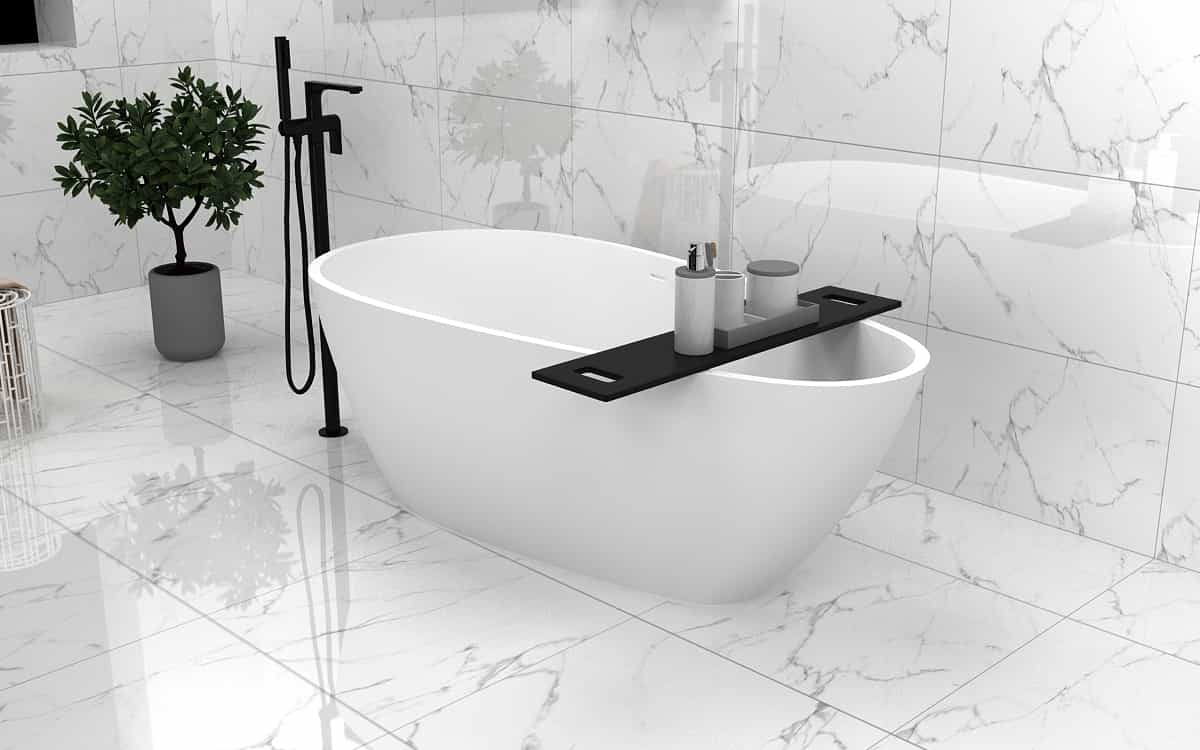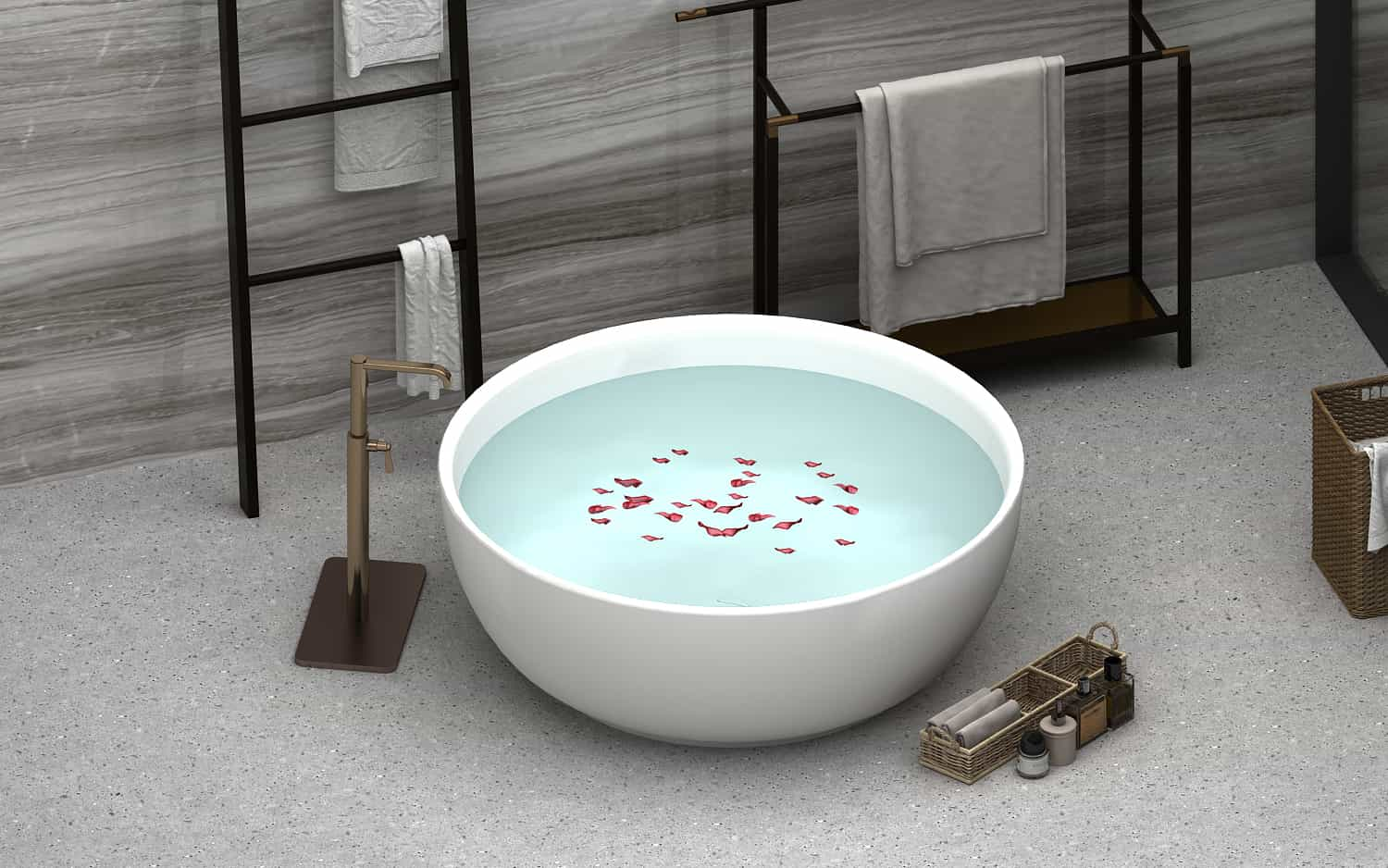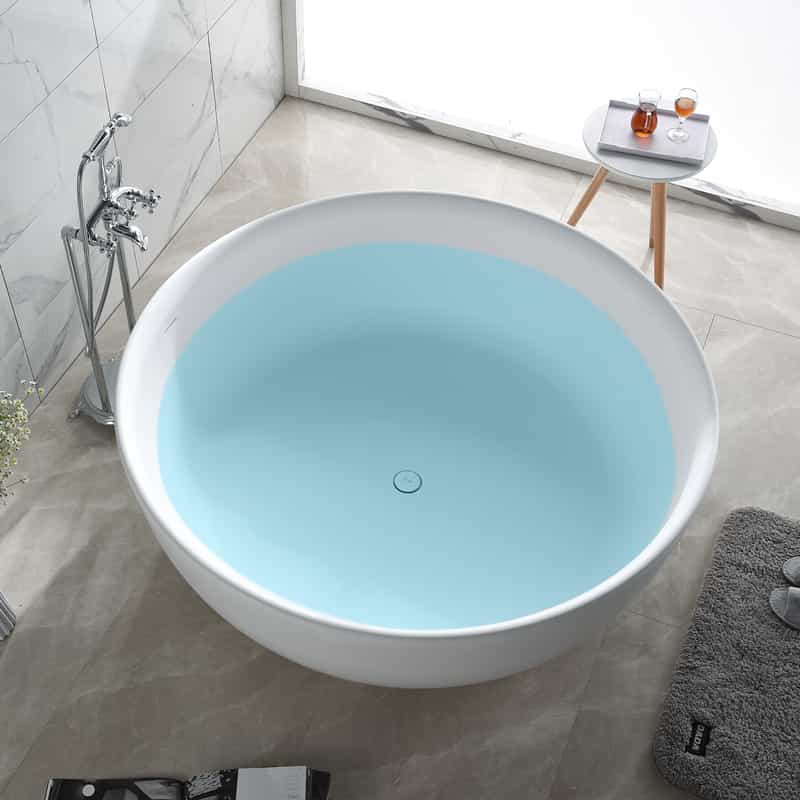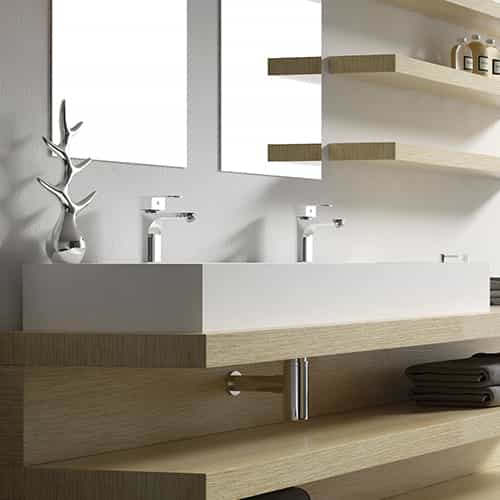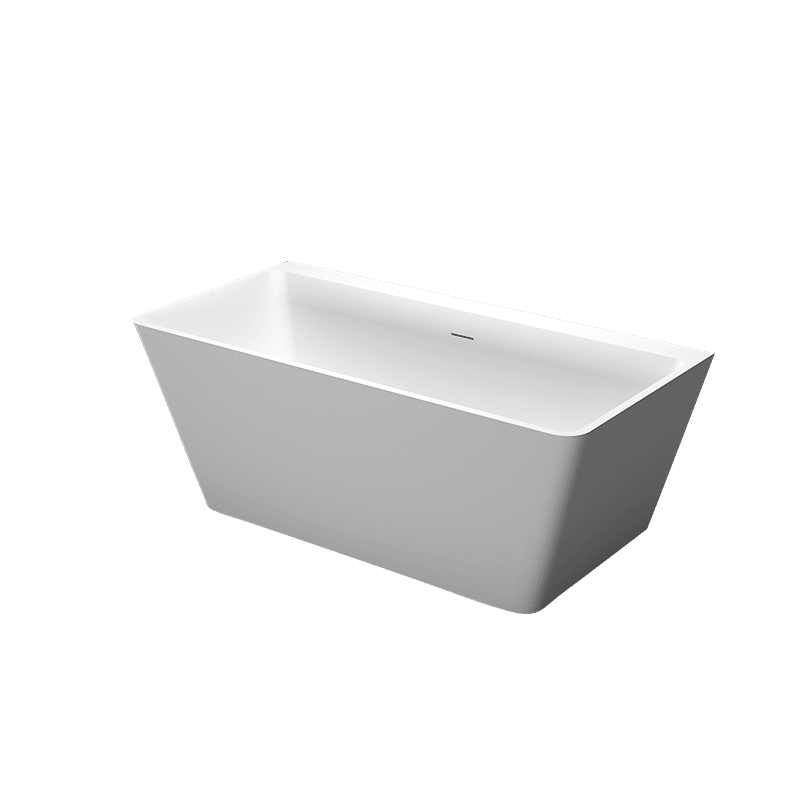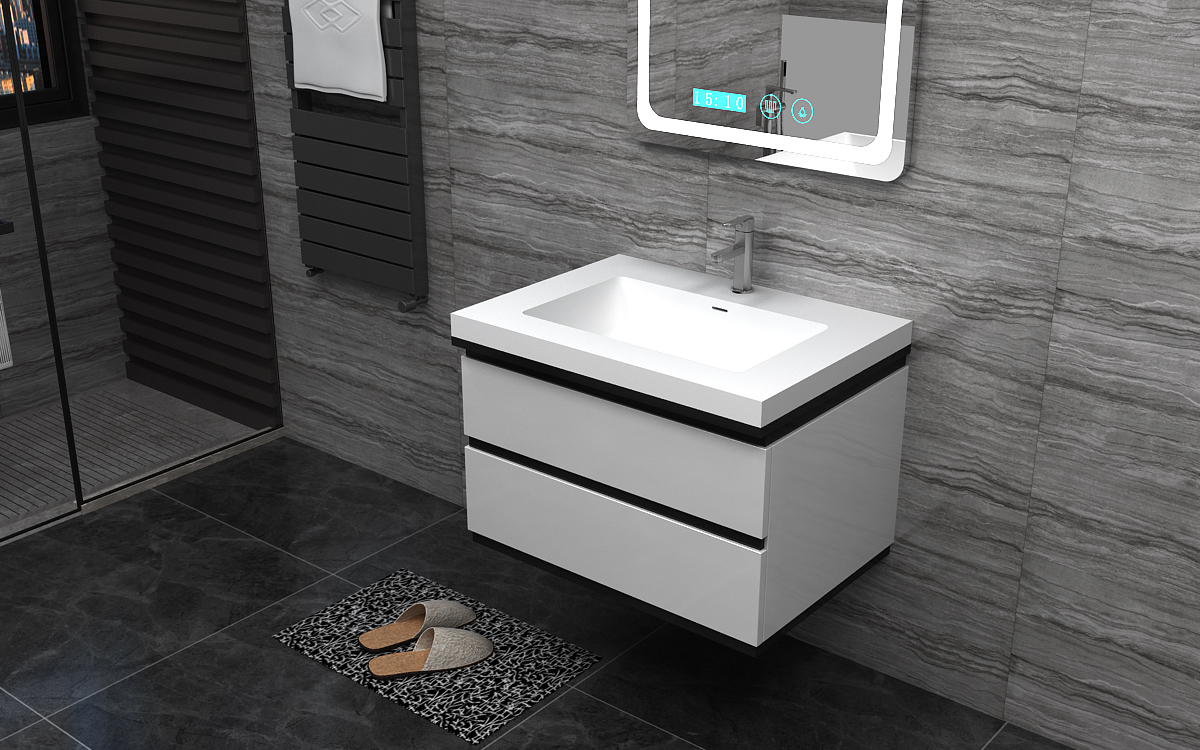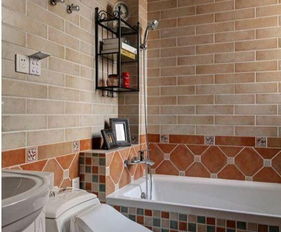
Some people say that the level of health development is a sign to measure whether human beings have entered a civilized life, and there is some truth in this statement. Just imagine that when we enter a very luxurious living room, its decoration level and decoration taste are all first-class, but the bathroom is very simple or filthy. It stinks. How would you feel at this moment?—This is not like civilized life, it is a very disappointing thing.
With the continuous improvement of people’s living standards, people have paid more and more attention to the appearance of this corner of the new residence. The traditional white ceramic tiles have become unsightly, so people began to consider the color and other aspects in order to meet the conditions of dirt resistance and moisture resistance, and pursue a bright, comfortable and beautiful hygienic environment. The space of traditional toilets is often small, but as long as the design and arrangement are ingenious, the above requirements can also be met, so that people can start or end a day’s work in a neat, beautiful, comfortable and peaceful environment, with its clean and elegant decoration style , Improve the style of the whole room.
The bathroom is a hygienic space shared by the whole family. The most basic requirement for its configuration is to ensure hygiene, cleanliness and comfort.
At present, the toilets of ordinary families in our country are mostly connected with the toilet, and the humidity in the toilet is relatively high. Therefore, the choice of interior decoration materials is very important, and the decoration materials with strong moisture-proof performance should be selected to match the construction process. The color of the wall material is generally cool tones, so that it has a sense of cleanliness; some are more bright, so that it has a refined and luxurious meaning, such as white tiles, light green or blue bathtubs, pink or light yellow of the wall. This color combination of low chroma and high brightness has a more feminine taste and is very popular in Hong Kong and Taiwan in recent years. Others are added with small utensils and ornaments of various colors, which adds to the interest of life and the atmosphere of the room.
The decoration materials in the bathroom should generally adopt ceramic tiles, plastic wallpapers and bold stones. In order to avoid indoor water vapor condensation, to keep the air flow, generally can be installed exhaust fan and exhaust fan, etc., which is conducive to the maintenance of the wall. Laying tiles is a highly technical job, which cannot be sloppy, and must be carried out in strict accordance with the operating procedures.
(1) Selection and soaking of tiles
Before inlaying tiles, whether it is white or other color tiles, specifications and colors must be selected. Ingap refers to tiles of the same quality grade produced by the same manufacturer. There are also some differences in quality, color, and specification-L. Use slightly better tiles on conspicuous walls, and use poorer tiles in dark corners. Before inlaying, the selected tiles should be soaked in clean water and dried before use.
(2) Treatment of the wall
The wall treatment mentioned here is mainly for inlaying tiles in the bathroom of new houses. Since the sanitary walls below L 2m are cement walls, and those above L 2m are paper-reinforced gray walls, the walls need to be treated before laying tiles. For the treatment of the bathroom wall, one layer of cement mortar mixed with 1 part of cement and 3 parts of sand can be used. Since the cement wall below 1.2m protrudes from the paper-reinforced gray wall above 1.2m, it should be thicker above 1.2m and thinner below 2m to keep the entire wall vertical and straight. Tiles can be started after 2 days.
(3) Moisten the wall
Clean the surface of the treated wall, remove the remaining slurry and burrs on the wall and inner corners, and then sprinkle water to moisten it, or use a wool pen dipped in water to brush the wall.
(4) Prepare bonding mortar
Use the ratio of cement to 107 glue and 102l to make a material-bonded mortar, and then scrape it on the back of the tile, ready for pasting.
(5) tiling
In the public toilet, stick the tiles covered with adhesive mortar on the wall along the junction of the wall and the ground, tap the brick surface with a wooden spatula to make the mortar full, and use a wooden ruler to place the tiles against the flat feet . If the mortar is not enough, you must remove the tiles, add mortar, and re-paste. Do not plug the mortar at the edge of the tiles, otherwise, it will produce a drum. First tweezer pastes the first F’layer tiles, and then pastes them layer by layer from bottom to top. It must be noted that the first layer of tiles has been pasted well, and the wooden ruler should only be leveled horizontally. Inlaid ceramic tiles, mostly start from positive electricity, so that they are not used as a whole piece at the inner corner. If there must be holes on the wall, use tiles to align the holes up and down, left, and right. First, use a pen to draw the holes that do not need to be pasted on the tiles. Then, place the tiles on a flat hard object, and use alloy steel Cut and pick with a knife, and then use a vise to clamp off unnecessary tiles. When the tiles are pasted to the last layer, they need to form a line, and the seams of each layer of tiles are horizontal and vertical, and the uneven parts should be leveled at any time. The last layer of tile moss does not need to be layered, and can be finished with a round-edged tile.
(6) brick surface
After the surface tiles are pasted, before the final setting of the bonding mortar, wipe off the dust flowing out of the joints of the tiles with waste paper, sawdust, cotton yarn or sponge in time to prevent the hardening of the mortar.
(7) caulking
In order to be neat and beautiful, the seams between tiles need to be embedded with cement grout. White tiles are generally caulked with white grout; colored tiles are generally caulked with complementary colors. The preparation of colored cement slurry can be prepared by adding inorganic pigments such as iron oxide yellow or copper yellow to white cement slurry.








